Table of Contents
In recent years, resistance bands have grown in popularity as a go-to fitness tool for home workouts, travel routines, and rehabilitation programs. While traditional free weights like dumbbells and barbells have long dominated the strength training space, many are now questioning whether resistance bands can deliver similar benefits. Are resistance bands truly as effective as weights when it comes to building strength, muscle, and functional fitness? This article explores the mechanics, effectiveness, and best use cases of both methods to help you make an informed decision.
How Resistance Bands Work
Resistance bands work by providing elastic tension that opposes the movement of your muscles. As you stretch a resistance band, it becomes progressively more difficult to pull, creating an increasing level of resistance throughout the range of motion. This variable resistance challenges muscles differently than traditional weights.
There are several types of resistance bands:
- Loop Bands: Continuous loops often used for lower-body exercises.
- Tube Bands: Bands with handles, ideal for upper-body workouts.
- Therapy Bands: Flat bands used in physical therapy and mobility training.
Because of their portability and ability to create tension without gravity, resistance bands offer a versatile alternative to weights.
How Free Weights Work
Free weights rely on gravity to provide constant resistance during exercises. When lifting a dumbbell or barbell, your muscles must generate enough force to overcome the downward pull of gravity. This resistance remains constant throughout the motion, regardless of joint angle or body position.
Free weights require the use of stabilizing muscles, particularly for compound movements such as squats, deadlifts, and presses. They allow for precise load management and are a staple in progressive overload training, making them ideal for strength and hypertrophy programs.
Resistance Bands vs. Weights: Key Comparisons
Muscle Activation
Several studies have shown that resistance bands can activate muscles at a level comparable to free weights. In fact, some movements performed with bands may elicit greater muscle activation at specific points in the range of motion due to the increasing tension. For example, a resistance band bicep curl often provides the most challenge at the top of the motion, where free weights typically lose tension.
Progressive Overload
Progressive overload is a core principle in building muscle and strength. With free weights, this is easily achieved by increasing the load. Resistance bands can also provide progressive overload by:
- Switching to a band with higher tension
- Increasing repetitions or sets
- Slowing down the tempo to increase time under tension
While less straightforward than adding plates to a barbell, resistance bands can still support long-term progress.
Range of Motion and Joint Stress
Resistance bands offer a unique advantage in joint safety. Because the tension increases gradually, they reduce the risk of sudden load spikes that can stress joints. This makes them particularly suitable for rehabilitation or individuals with joint sensitivities. On the other hand, free weights challenge your muscles consistently across the range but can place more strain on joints at certain angles, especially when using heavy loads.
Strength Gains
Free weights are generally superior for maximizing absolute strength due to their capacity for heavier loading and controlled progression. However, resistance bands can still contribute significantly to strength development, especially in the early and intermediate stages of training. They are also useful for explosive and functional strength exercises, such as band-resisted push-ups or banded squats.
Versatility and Accessibility
Resistance bands are lightweight, compact, and require little space, making them ideal for home workouts, travel, or outdoor training. Free weights, on the other hand, often require a gym setup, racks, and ample storage space. For those with limited space or budget, resistance bands provide an affordable and effective alternative.
Who Are Resistance Bands Best Suited For?
Resistance bands are especially beneficial for:
- Beginners: Easy to learn and low risk of injury.
- Rehabilitation Patients: Low-impact and joint-friendly.
- Older Adults: Improve balance, mobility, and functional strength.
- Frequent Travelers: Lightweight and portable.
- Bodyweight Trainers: Add resistance to bodyweight exercises.
Although they may not replace heavy lifting for experienced strength athletes, they are an excellent addition to almost any fitness program.
Can You Build Muscle with Resistance Bands Alone?
Yes, you can build muscle using resistance bands alone—provided the training is progressive, challenging, and well-structured. Muscle hypertrophy depends on mechanical tension, metabolic stress, and muscle damage—all of which can be achieved through resistance band training. The key is to push muscles close to failure, maintain proper form, and incorporate variety in movement patterns.
Many bodybuilders and fitness enthusiasts use resistance bands during deload weeks or to isolate muscles at specific ranges. High-tension bands can offer serious resistance, comparable to moderate free weights. For instance, heavy-duty bands can challenge muscles during squats, rows, and presses in a way that feels very similar to using dumbbells.
Combining Both: The Best of Both Worlds
Combining resistance bands and free weights can enhance your training by providing varied stimuli to your muscles. For example:
- Add bands to barbells for variable resistance in squats or bench presses
- Use bands to warm up or activate muscles before a heavy lifting session
- Replace accessory lifts with banded versions for joint relief and variety
This hybrid approach allows you to leverage the unique advantages of both tools, leading to better overall performance and reduced injury risk.
Conclusion: Which One Is Better?
There is no universal answer. Both resistance bands and free weights offer distinct advantages depending on your goals, fitness level, and training environment. Free weights are ideal for maximizing strength and hypertrophy through structured progression. Resistance bands excel in versatility, joint safety, and accessibility.
Rather than choosing one over the other, many find success by integrating both into their training programs. Whether you're a seasoned athlete or a fitness newbie, the best tool is the one that aligns with your goals and keeps you consistent in your workouts.
Final Thoughts
The fitness world doesn't have to be divided into band-users and weightlifters. Both tools can coexist and complement one another beautifully. Understanding how each works empowers you to create smarter, safer, and more effective workout routines.
So next time you wonder if resistance bands are as good as weights, remember: it's not about which is better—it's about which is better for you.


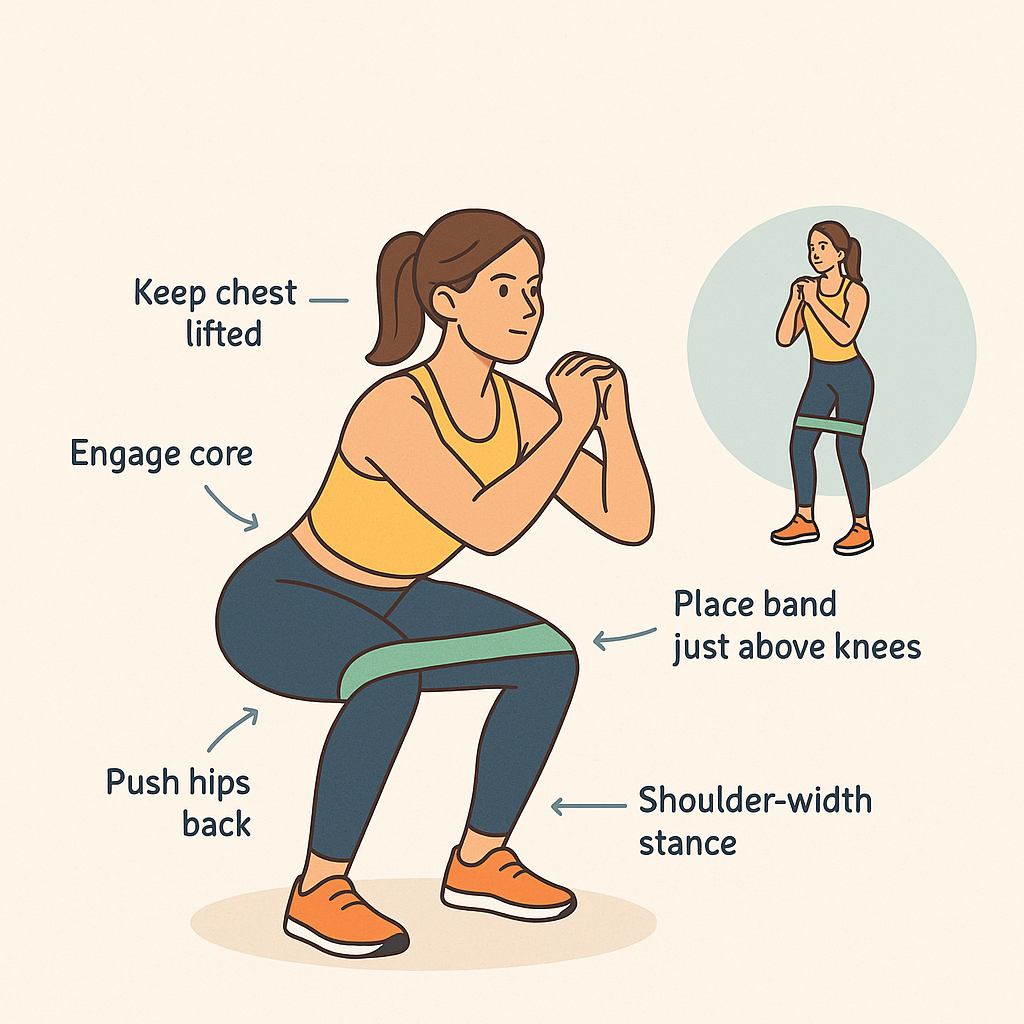
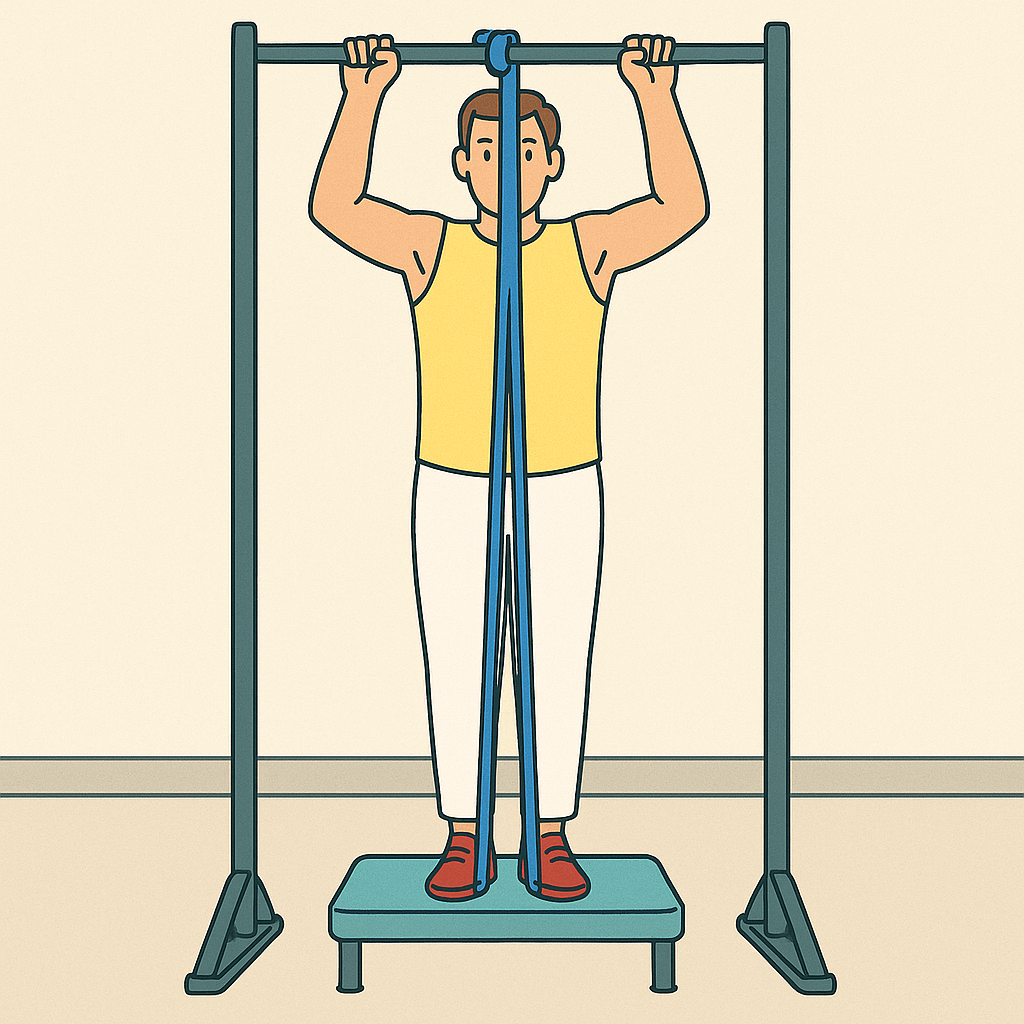


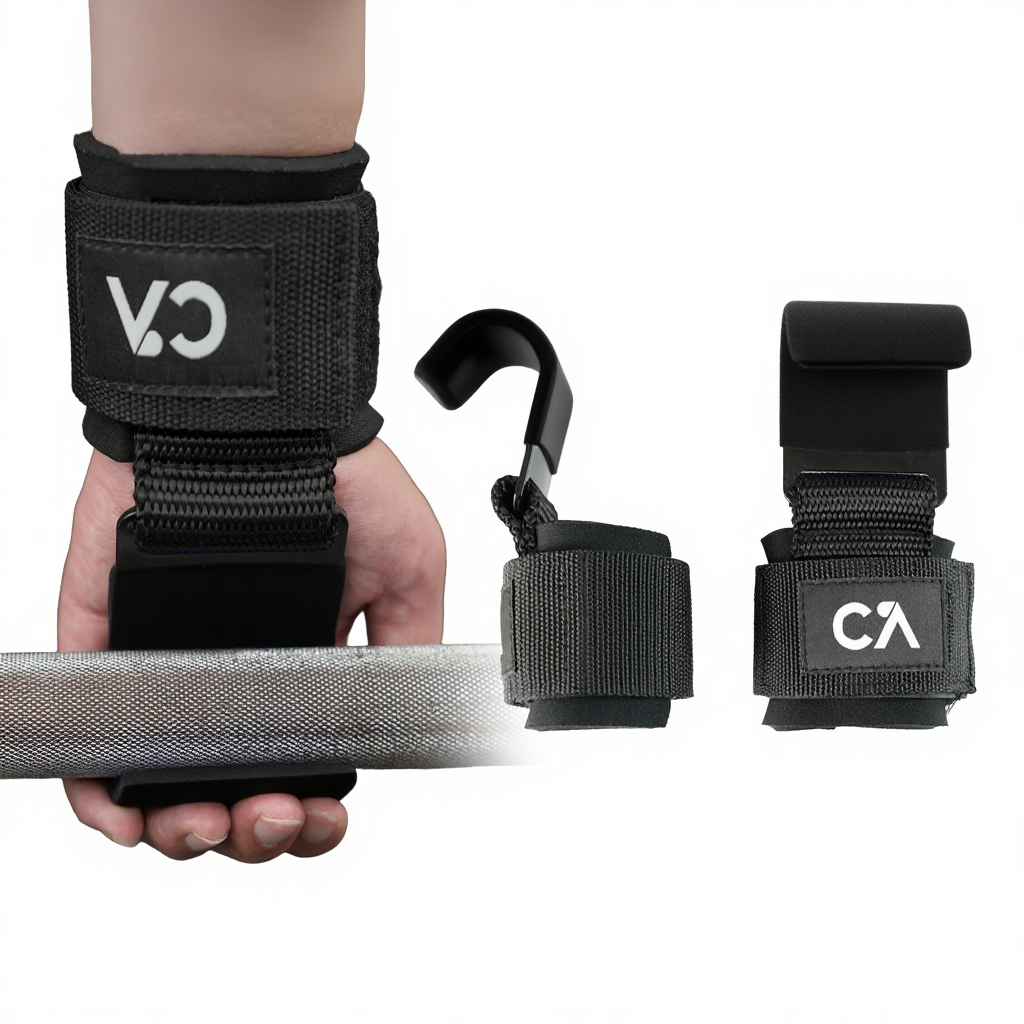
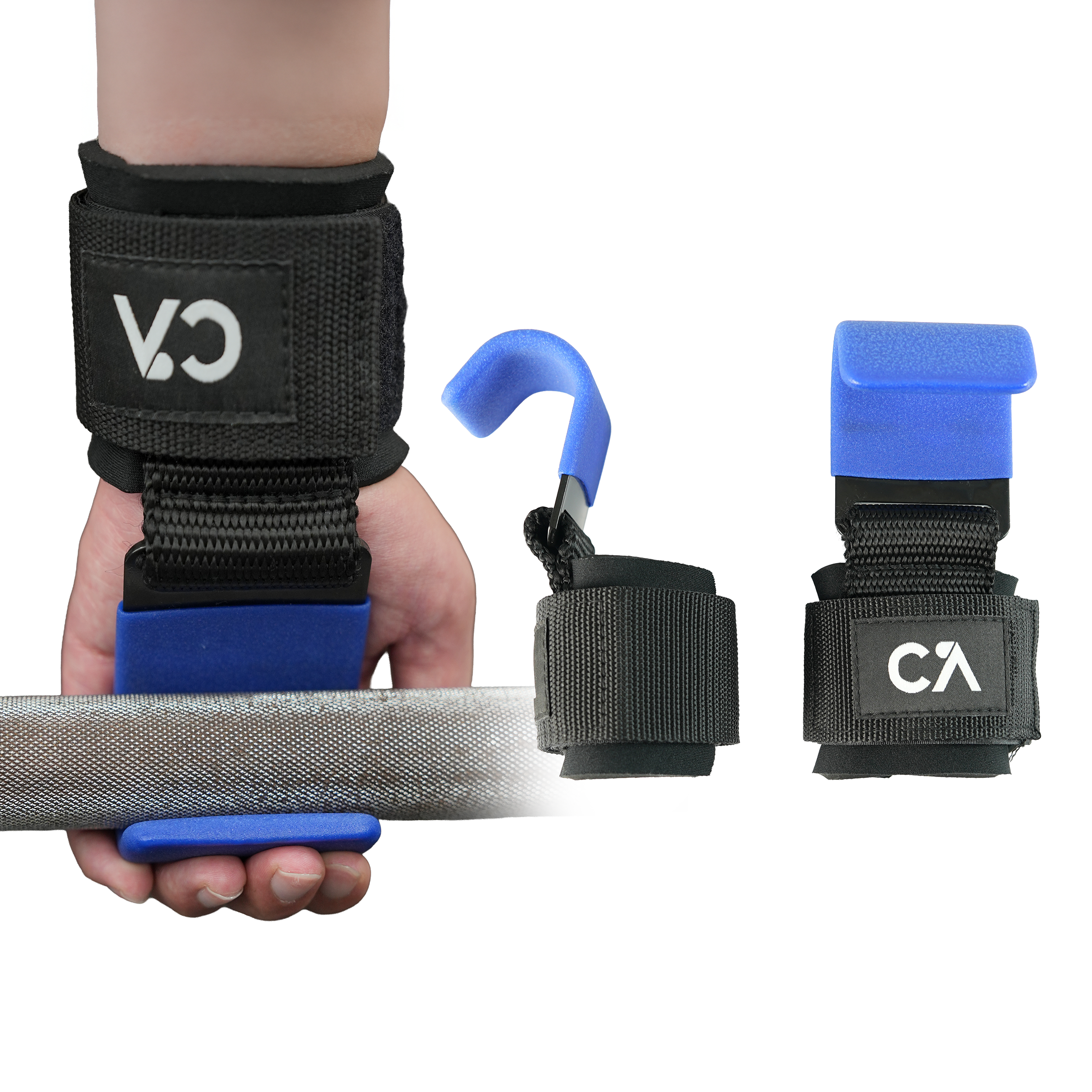
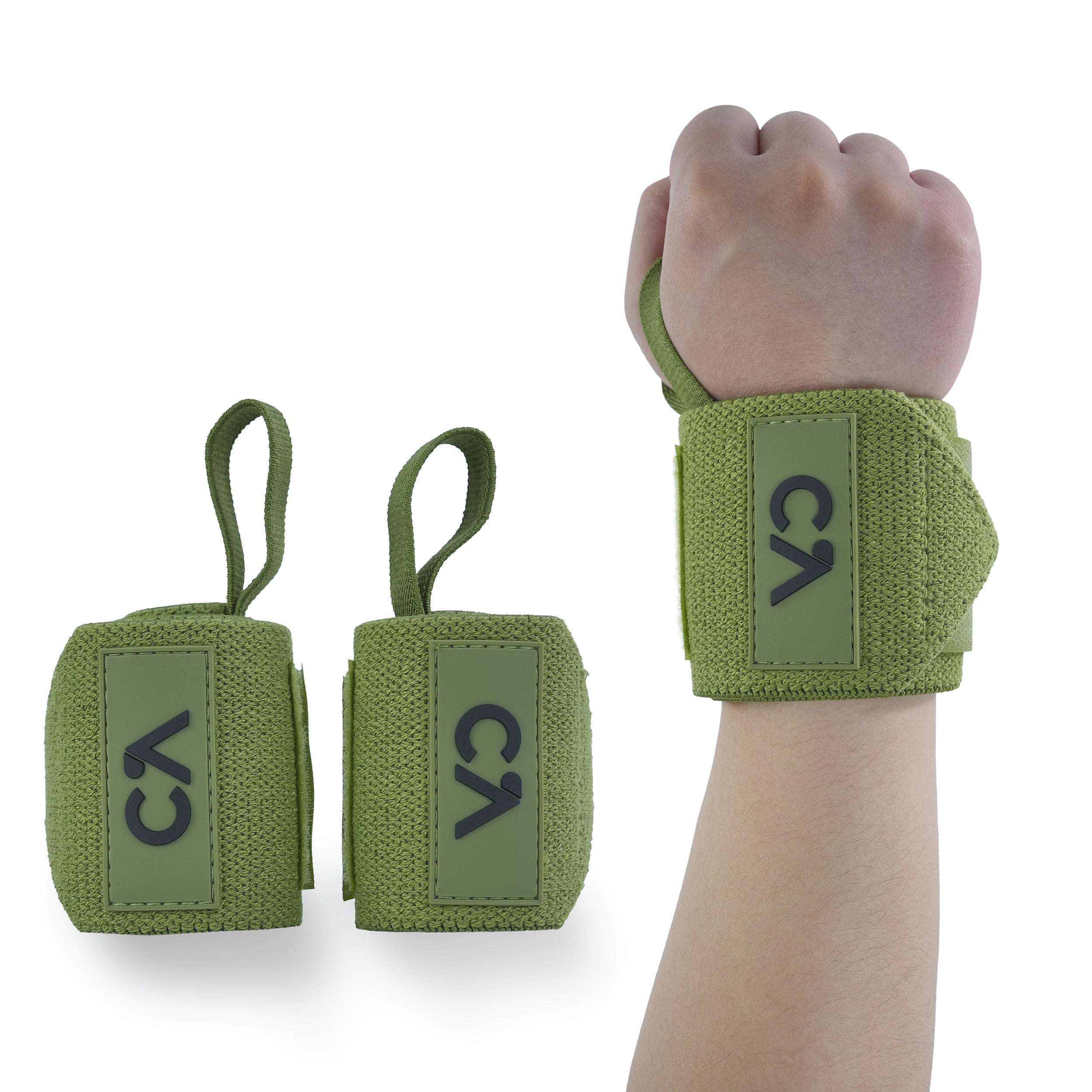
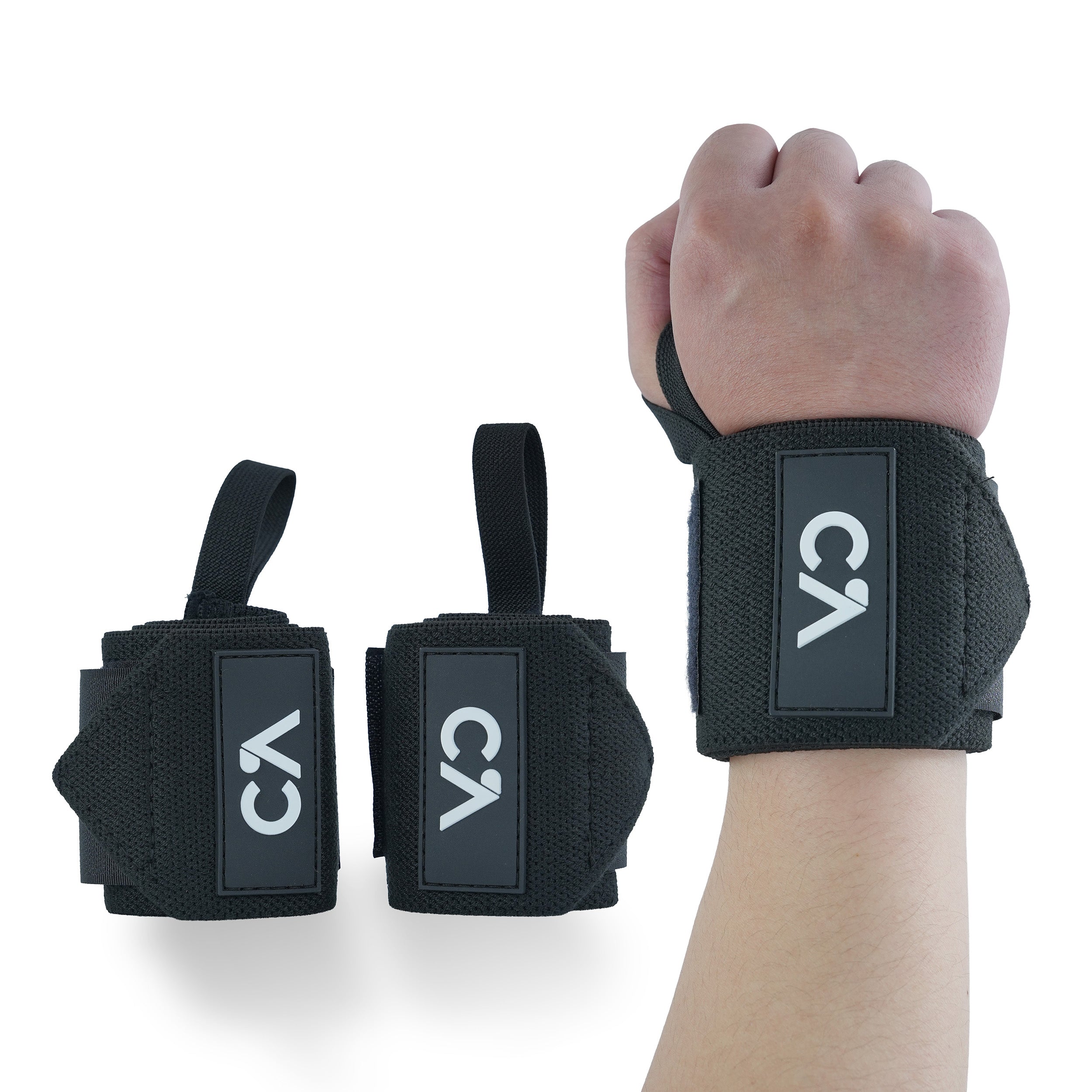
Leave a comment
All comments are moderated before being published.
This site is protected by hCaptcha and the hCaptcha Privacy Policy and Terms of Service apply.